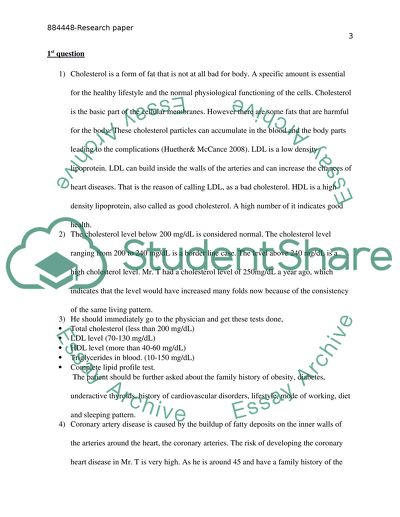Pathophysiology- CARDIO and PULMONARY SYSTEMS Assignment. Retrieved from https://studentshare.org/health-sciences-medicine/1485649-pathophysiology-cardio-and-pulmonary-systems
Pathophysiology- CARDIO and PULMONARY SYSTEMS Assignment. https://studentshare.org/health-sciences-medicine/1485649-pathophysiology-cardio-and-pulmonary-systems.


